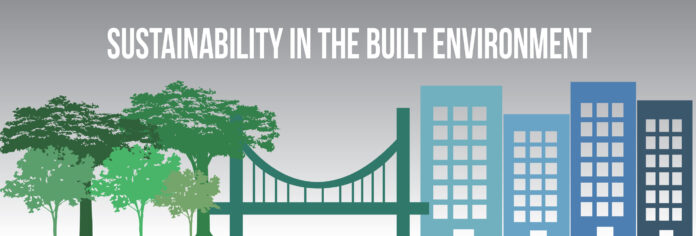 How can humans as a whole help the stride toward the greater goal of an ultimate sustainable future? Is there a common philosophy behind the goals of the sustainability movement?
How can humans as a whole help the stride toward the greater goal of an ultimate sustainable future? Is there a common philosophy behind the goals of the sustainability movement?
Cradle to Cradle is an informational novel written by William McDonough and Michael Braungart. It is an extremely influential book within the field of green engineering. I feel that the book is highly optimistic with respect to energy and waste reduction and the concept of sustainability in general. Cradle to Cradle proposes certain systems that I believe are impossible to engineer and design; however, the overarching themes of this book do propose stimulating and innovative sustainable concepts. With that being said, what is the purpose of this book? What should engineers, designers, architects and the everyday person take out of this book?
The green engineering industry uses Cradle to Cradle as their bible. It provides an umbrella of positive thought with respect to the fields of green engineering and sustainability.
One key point McDonough and Braungart make in their book is the notion of understanding and optimizing all the elements within a material’s life cycle. The traditional route for designing, packaging, transporting, distributing, using and eventually disposing of products and their materials is outdated and environmentally ineffective.
Another key point proposed in Cradle to Cradle is the notion of energy flows. Each man-made system has inputs and outputs; the idea here is to harness those inputs and outputs in an effective and sustainable fashion. The main proposition here is that we as engineers and designers can intertwine and connect these input and output flows to create an interconnected system of cyclical, reusable energy. This idea of cyclic sustainable energy can be maximized when we design certain products specifically to be part of this entire system. Specific inputs of one system should feed energy into another system (this is merely the concept of “cradle-to-cradle” design).
The challenge we need to solve is how to connect as many systems as possible, with the ultimate goal being entire systems that regulate themselves. Reaching this goal will limit the waste of unused energy and allow us to introduce a cyclic, potentially unending grid of reusable energy. One potential solution would be to design all types of food packaging to biodegrade into a plant aggregate. This sounds far-fetched, but the purpose of Cradle to Cradle is to introduce this type of global, interconnected form of thought.
The third key point McDonough and Braungart make is the idea that we should be modeling our engineering designs after natural systems. Current biology shows that the pre-industrial Earth was a fully sustainable, self-sufficient system (humans included). Post-industrial Earth, however, is suffering ecologically and environmentally due to unintelligent engineering which does not work in the ways natural systems do. Natural systems do produce byproducts, but these byproducts are actively used in the system of interest or other natural systems. This stresses the importance of optimizing a material’s life cycle. Such optimization is extremely important as it implies that all the waste of a certain system will be minimized or used elsewhere. That is what is so beautiful about biological systems, the fact that virtually nothing is waste and there are no negative byproducts. Therefore, by modeling our engineering designs after natural systems, we can guarantee that we are as efficient and resourceful as Mother Nature has intended. The key point stressed in Cradle to Cradle is equity among all living things.
With these three key points in mind, all humans can help the overall progress of reducing energy and waste usage — key goals of the sustainability movement. Although the specifics that Cradle to Cradle proposes can be very hard to design, I believe that the overall concepts proposed within this book are highly optimistic and introduce an interesting green engineering philosophy for all readers.
Graphic by Tiffany Choi
Photo by CA Aggie Photo Team




